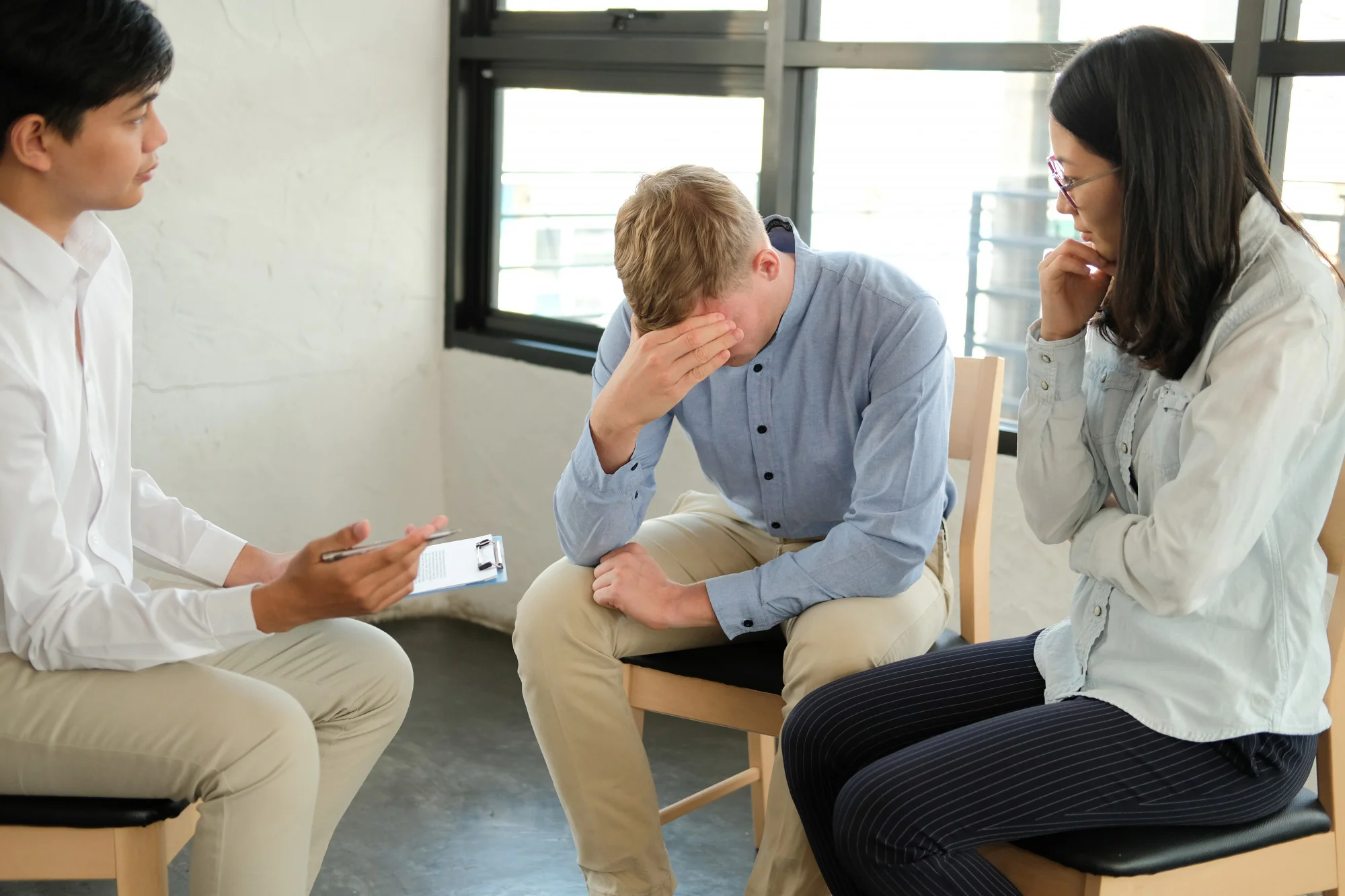A groundbreaking study recently published in the esteemed ‘Orvosi Hetilap’ medical journal has unveiled pivotal differences in bacterial flora growth using stick and sponge cultures during negative pressure wound treatment (NPWT) of infected wounds of different origins. The study, conducted by a team of Hungarian researchers led by Dr. Szabóné Révész Erzsébet, holds significant promise for clinicians and patients alike, aiming to optimize the healing process and guide treatment strategies for various infected wound types.
Keywords
1. Negative Pressure Therapy
2. Infected Wounds Treatment
3. Bacterial Wound Cultures
4. Wound Closure Options
5. Biofilm in Wounds
Introduction
Infected wounds remain a formidable challenge in the medical field, largely due to the rapid growth of pathogens within the wound environment. These bacteria can interact synergistically to enhance their proliferation and form biofilms, which are resistant communities that shield them from antibiotics, hampering effective treatment and delaying wound healing. Negative pressure wound therapy has emerged as a valuable tool in reducing the bacterial load in such wounds, facilitating better outcomes.
Study Goals
The primary objective of the research was to compare and assess potential differences between stick and sponge cultures during negative pressure wound therapy of various infected wounds. Another critical aspect was to examine how additional pathogens identified in sponge cultures could influence wound healing and therapy.
Methodology
Over a period spanning from January 1, 2018, to December 31, 2021, the study processed data from 147 patients, including 88 men and 59 women. The retrospective investigation analyzed the data of patients spanning three specialties: 77 in traumatology-orthopedics, 49 in general surgery, and 21 in vascular surgery.
Findings
Based on the stick and sponge culture outcomes, discrepancies were observed in bacterial flora across different surgical specialties. Traumatology-orthopedic cases revealed a 39% deviation, general surgical cases showed a 53.1% deviation, while vascular surgeries registered a 66.7% variation. Considering these disparities, the possibility of wound closure or implantation covered with skin was 85.6% in traumatology-orthopedic patients, 62.5% in general surgery, and only 33.3% in vascular surgery. Other cases required open wound management.
Discussion
The study highlighted that wounds infected with bacteria characteristic only of skin flora healed better than those with polymicrobial infections. Infections caused by multi-drug resistant pathogens were associated with the worst healing tendencies. For wounds containing both polymicrobial and multi-drug resistant organisms, an open wound treatment approach proved more beneficial. Gram-negative pathogens, particularly those forming biofilms, hindered skin grafting or facilitated the detachment of the graft. Despite the growth of pathogens in cultures, the study achieved high wound closure rates and effective healing with NPWT, regardless of the wound’s origin.
Conclusion
The research underscores that during negative pressure wound therapy, sponge culture can provide additional information over stick culture. The predominantly Gram-negative pathogens cultivated from sponge samples can alter the choice of antibiotics and influence the wound treatment regimen during therapy.
Implications for Healthcare Providers
The findings of this study have profound implications for healthcare providers. They underscore the importance of assessing wound cultures meticulously, especially in NPWT, to optimize antimicrobial therapy. By identifying the bacterial flora accurately, clinicians can better tailor antibiotic regimens to address specific pathogens. This precision in treatment is crucial for enhancing wound healing rates, reducing the risk of chronic infections, and improving overall patient outcomes.
Implications for Patients
For patients, this research can translate into more effective and faster wound healing, reduced hospital stays, and lower healthcare costs. It also opens up the possibility of advanced patient-specific treatments that precisely target the bacterial species impeding wound healing.
Future Directions
While this study marks a significant step forward, continued research is necessary to further refine NPWT protocols and integration of findings into clinical practice. Future research may focus on the development of more sophisticated culture techniques and exploring the impact of various bacterial species on wound healing.
References
1. Szabóné Révész, E., Montskó, V., Altorjay, Á., Jakab, G., & Hangody, L. (2024). [Differences in bacterial flora detected during negative pressure wound treatment of different origin of infected wounds in stick and sponge cultures]. Orvosi Hetilap, 165(2), 59-68. [DOI: 10.1556/650.2024.32947]
2. Davis, K. E., Rennie, M. Y., & Tanner, K. (2020). The effect of negative pressure wound therapy on wound management outcomes. Journal of Wound Care, 29(1), 32-44.
3. Borys, S., Hohendorff, J., Frankowska, E., & Kiec-Wilk, B. (2021). Negative pressure wound therapy: Clinical utility and recommendations. The Patient – Patient-Centered Outcomes Research, 14(1), 5-18.
4. Malmsjö, M., Huddleston, E., & Martin, R. (2019). Biological effects of a disposable, canisterless negative pressure wound therapy system. ePlasty, 19, e25.
5. Branom, R., Rappl, L. M., & Franek, A. (2022). Negative Pressure Wound Therapy: A Snapshot of Evidence-Based Practice. Journal of the American College of Clinical Wound Specialists, 12(1-3), 7-11.
6. Venturi, M. L., Attinger, C. E., Mesbahi, A. N., Hess, C. L., & Graw, K. S. (2006). Mechanisms and clinical applications of the vacuum-assisted closure (VAC) Device. American Journal of Clinical Dermatology, 7(4), 269-277.
Of the provided references, the focal point remains the landmark study by Szabóné Révész et al., which not only presents compelling clinical evidence but also navigates a new pathway in wound care management. This work paves the way for more personalized and effective treatments, fostering a future where wound infections can be managed with greater precision and success.
